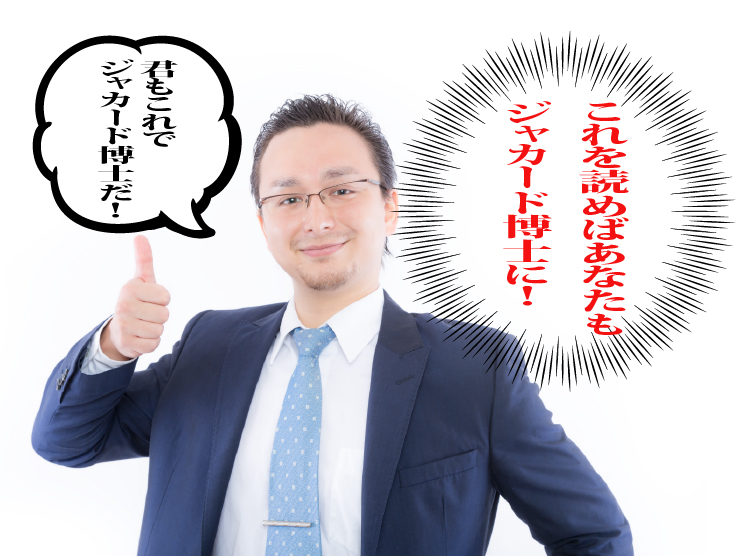
前一篇文章
I will explain about the jacquard pattern.
2014年10月7日
KNIT MAGAZINE
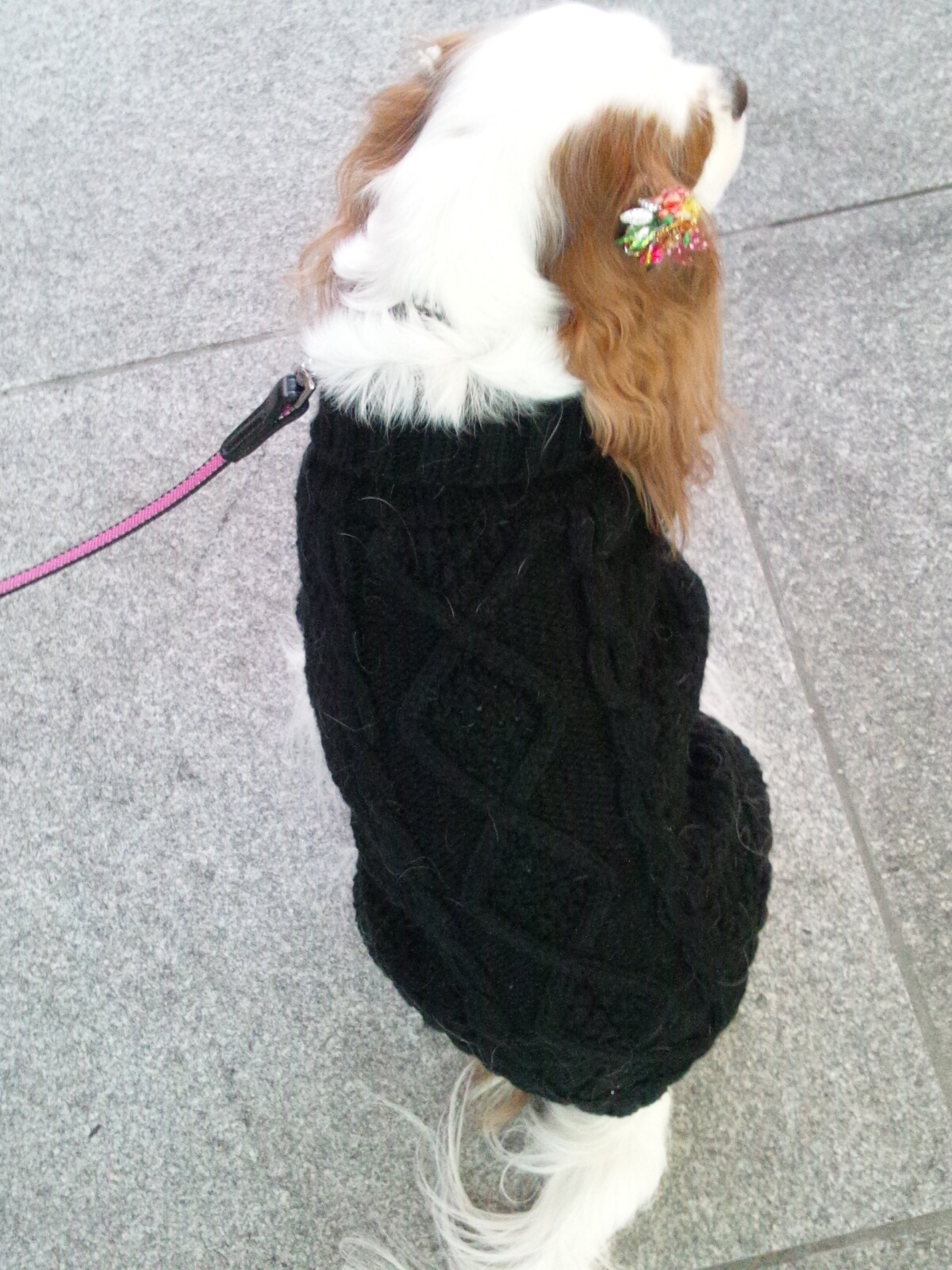
Hello, this is Nakatani from Maruyasu Yarn Sales.
The coolness of autumn has become a pleasant season every day.
He is very comfortable with his dog’s walk every morning
I just take a walk for a longer time than usual ~~~

A knit item with a printed pattern that you can see in the city even when you are taking a walk.
Did you know that there are many types of prints? ??
This time I investigated the types of such prints.
Differences between pigment prints and dye prints and their characteristics? ??
First of all, regarding the pigment print, it means that a colored adhesive is attached to the fiber (thread).
To put it simply, it’s like paint.
There is a feeling of unevenness on the surface, and the hardness remains.
Most of the materials can be used, but there are some exceptions.
On the other hand, dye printing means dyeing fibers (threads).
There are various dyes suitable for the material, so I print using them.
It is not colored with adhesive.
As mentioned above, the materials used for pigment printing are as described above.
Since it is a colored adhesive, does it adhere firmly to the fibers? Is the point.
Therefore, it seems better to avoid using it for strong water-repellent fibers.
There are various types of pigment prints.
There are so-called soft pigments and rubber that can be printed even on dark backgrounds.
The type of dye used for dye printing differs depending on the material.
Reactive dyes (cotton and linen) for vegetable fibers.
(Wool) acid dye for animal fibers.
Disperse dye for polyester materials.
Cationic dyes for acrylic fibers.
And, the dye that matches each material will be used.
If you want a beautiful dye print, 100% made of the same fiber is recommended.
Also, in dye printing, the dye penetrates into the fibers (threads), so
The pattern cannot be seen unless the color is a dark print (pattern) on the light-colored fiber (thread).
How to express the pattern in color
The method using the silk screen plate and the method using the inkjet machine.
And there is sheet transfer (sublimation printing) using a heat press machine.
Silkscreen can be either pigment or dye.
The feature is that it is pushed into the fiber (knitted fabric) using a rubber spatula, so it has adhesive strength and permeability and good color development.
Since we will print one color and one color, we need the number of plates corresponding to the number of colors of the pattern you want to express.
Inkjet machines spray dyes under computer control to express patterns.
Multicolor pattern expression with no limit on the number of colors is possible.
Since it is sprayed with dye and colored, its permeability is not as good as that of silk screen printing.
Also, it seems difficult for fluffy materials.
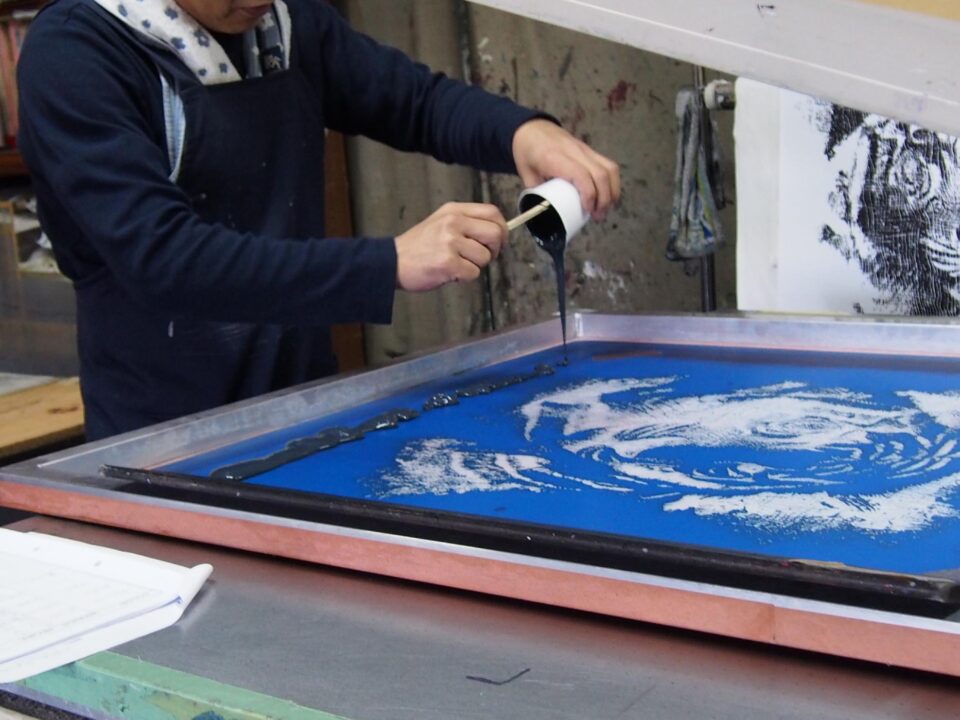
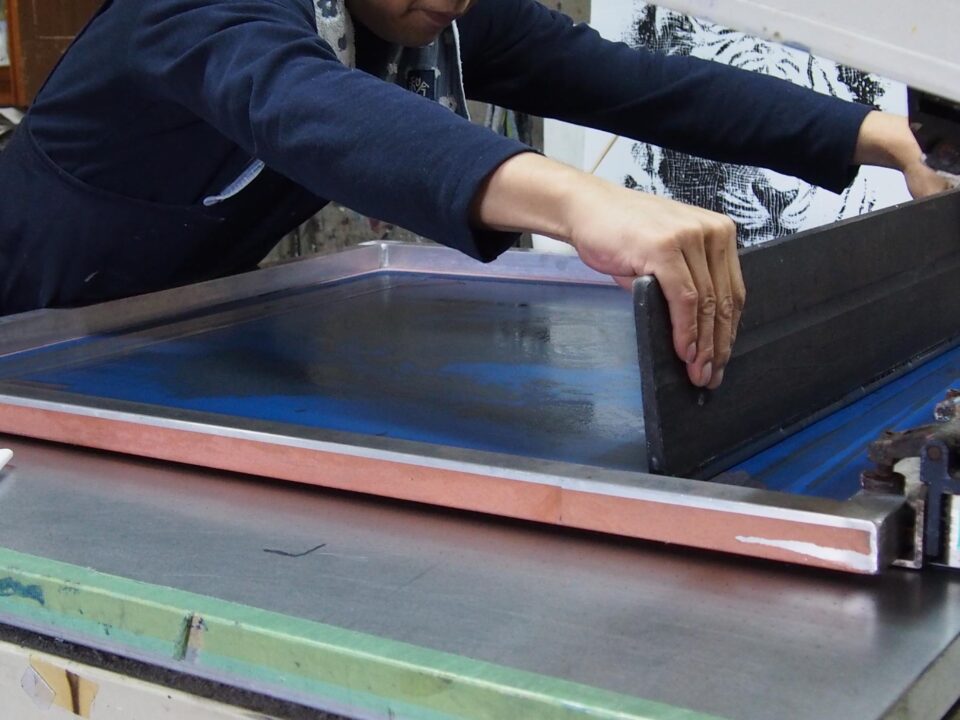
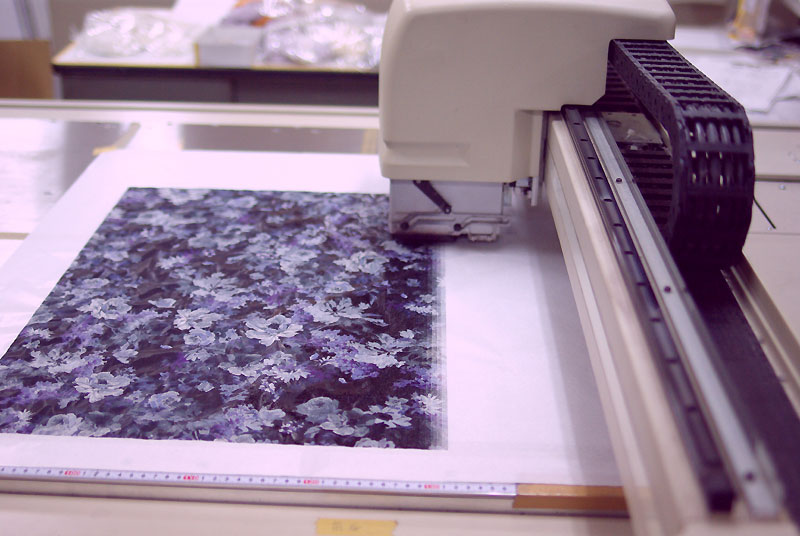
This time, it was a good opportunity to investigate and know the depth of print processing again.
It was a learning experience for me as well.
If you have any questions, please do not hesitate to tell me ~~~~.
See you next time.
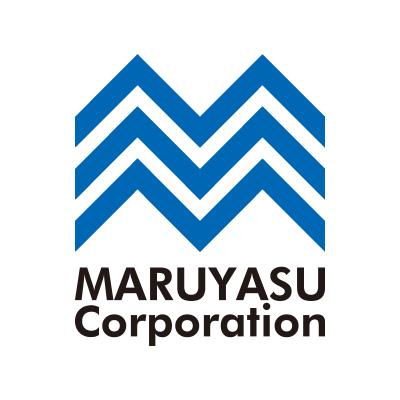
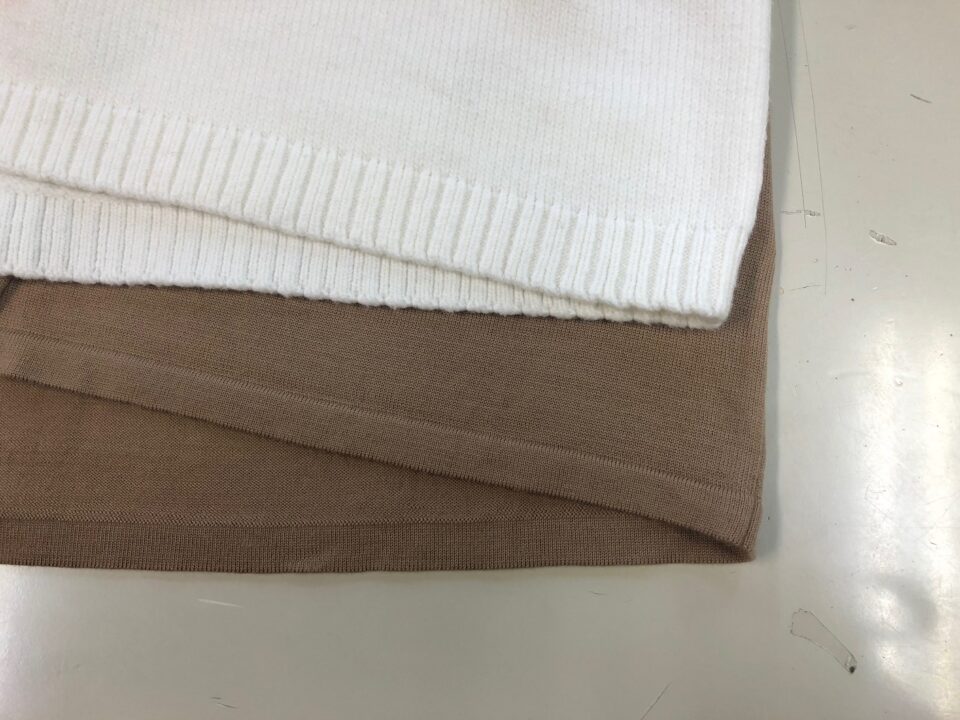
2023年11月29日
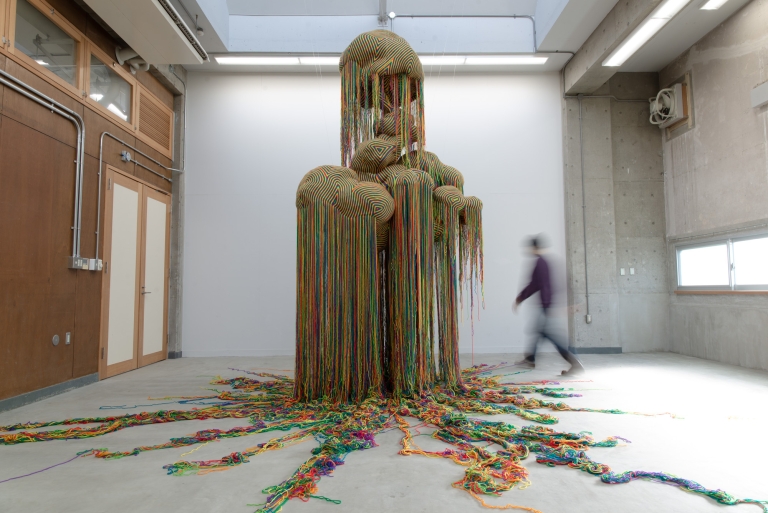
2023年11月9日
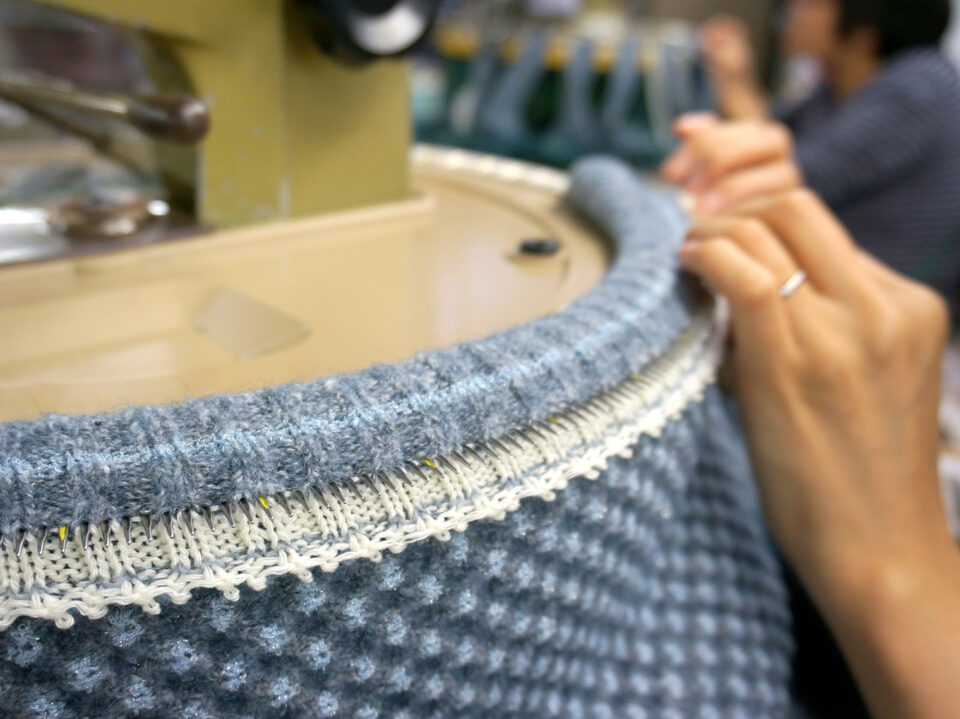
2023年11月7日
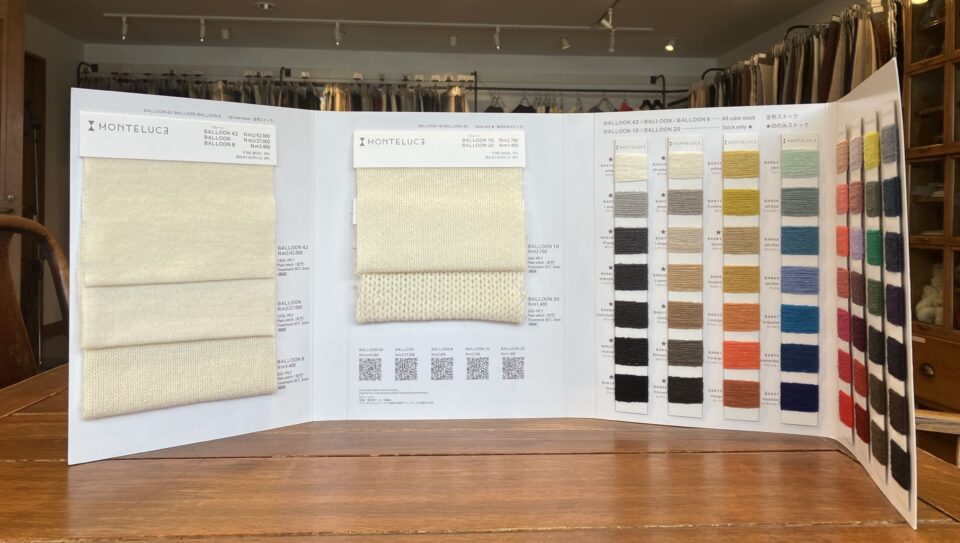
2023年11月1日
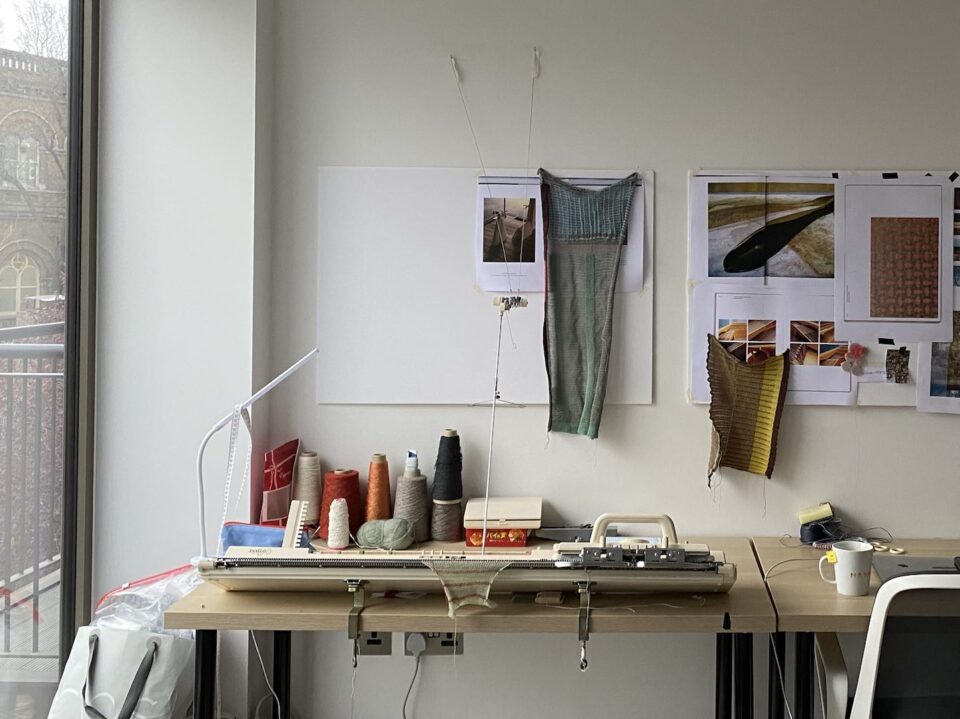
2023年10月26日
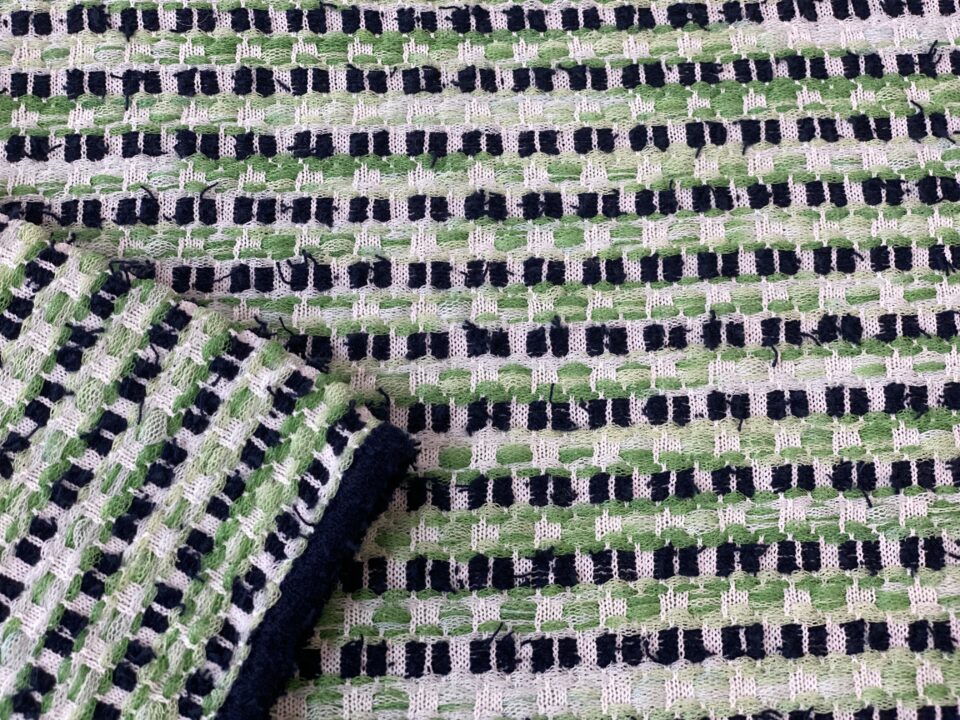
2023年10月24日